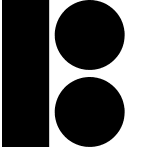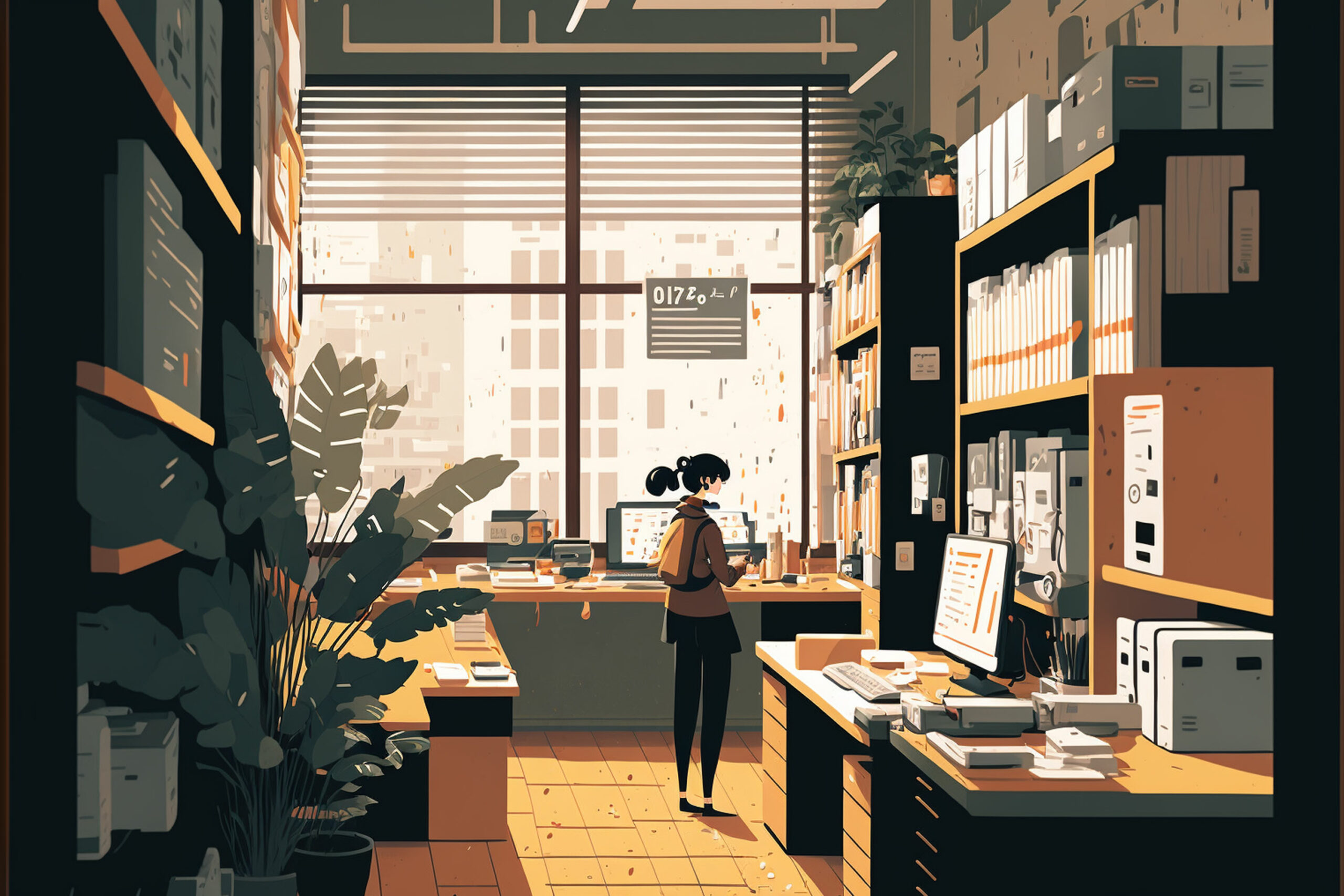What do Feng Shui and UX have in common? Surprisingly, they are multi-generational long lost distant cousins. While many think UX is a fairly recent field, it has existed for over 3,000 years. It’s hard to believe this statistic because the term “UX” came into the spotlight only in the mid-1990. Although it took a while for organisations to catch on and understand the importance of UX, in today’s hyper-competitive and over-saturated digital world, any company with a website or an app must invest in UX design to survive. Because of this, companies across all sectors are allocating hefty budgets towards the field and trying to figure out how to choose the right UX design agency for their industry and brand.

A Little Bit of UX History
So how does an ancient Chinese practice relate to UX? It’s simple. Feng Shui, which translates to “the way of wind and water,” is the art of arranging objects in relation to the flow of energy in a given space to achieve harmony and balance. It’s a way of arranging physical spaces in the most optimal, harmonious, and user-friendly way. Just as Feng Shui specialists arrange interiors to easily navigate the room, UX designers apply similar principles to a website or app to create an intuitive and user-friendly experience.
Although UX has had many phases, we’ll fast forward to one that put it on the map. Donald Norman, a cognitive scientist, was an Apple employee in the 90s. His job title was User Experience Architect and Donald was the first employee to have UX in his title. He came up with the term user experience design because “human interface and usability were too narrow.” According to Donald, he wanted to “cover all aspects of the person’s experience with a system, including industrial design, graphics, the interface, the physical interaction, and the manual.”
What Is UX Design & Why Is it Important?
Today, UX design can be described as a product creation process that provides meaningful and relevant user experiences. It encompasses the entire process of acquiring and integrating the product, design, branding, usability, and function. According to Jesse James Garret, “UX design is about engagement. It’s not about a specific product, app, or website. It’s about what happens before, during, and after a human interaction has occurred.”
Here are some impactful statistics as to why UX matters:
- 88% of online consumers are less likely to return to a site after a bad experience
- 90% of users reported they stopped using an app due to poor performance
- Slow-loading websites cost retailers more than $2 billion each year
- Smartphone users are 5x more likely to abandon a task if a site isn’t optimized for mobile
- 53% of mobile site visits are abandoned if pages take longer than 3 seconds to load
- First impressions are 94% design-related
- Judgments on website credibility are 75% based on a website’s overall aesthetics
- 83% of people say a “seamless experience across devices” is very important
- 9 in 10 smartphone owners who describe a mobile brand experience as helpful would purchase from that brand again
- Every dollar spent on UX has a return of $10-$100

How To Choose The Right UX Design Agency
These statistics probably got your attention and you might be thinking it wouldn't hurt to reach out to a UX design agency, but you don’t know where to start. We can help! Here are some tips to keep in mind when looking for a UX agency.
- Do Your Homework
Before reaching out to any UX design firm, think about the following questions:
- Why are you looking for a UX agency now?
- What problems are you trying to solve?
- What is the end goal of the project?
- What is your budget?
- What is your timeline?
- What is your ideal workflow & process when working with external firms and agencies?
- Can you clearly explain your company’s brand and core values? (you’d be shocked how many companies can’t do that)
2. Niche Experience
Every UX agency has an impressive portfolio with brand-name clients. It is, however, more important to focus on the industries they’ve worked with. If you are a fintech company and the UX agency works mainly with food & beverage clients, it might not be the best firm for your business. Sometimes it’s better to work with boutique UX agencies with a niche rather than large generalist firms.
3. Communication & Project Management
Communication is one of the most important elements for a client to feel comfortable. From the very first contact, a client must feel the UX firm’s excitement and enthusiasm to work on their project. It’s not only about responding to questions but taking additional steps to educate them about everything related to the project.
Feeling comfortable with the project manager’s communication style is also extremely important as they will be the primary go-to person for the entirety of the project. While timely check-ins and updates are crucial, a PM must also possess soft skills. UX projects can be costly and run into hurdles, making the experience overwhelming and frustrating. Having a patient and empathetic PM that keeps you in the loop of everything can make the project go a lot smoother.
4. Matrixes & Case Studies
While it’s easy to get distracted by complex interfaces and shiny eye-candy designs, at the end of the day it’s all about numbers. UX is a quantitative and qualitative field with the ultimate goal of helping companies increase their bottom line. Along with before/after design comparisons, potential clients should request statistics and case studies that include relevant metrics and KPIs such as increased sales, page views, conversions, etc.
5. Team
Although during the UX agency selection process, clients get courted by founders, senior partners, or creative directors, it’s equally important to meet the entire UX team. Request to talk to a lead designer along with other team members. This not only helps understand the core competencies of different contributors but also determines if the agency has a team capable of carrying out all areas of UX.
Talking to the team also helps understand the process. While every agency has its own and it changes based on the project, understanding the process helps clients understand what different members bring to the project and at what point.
6. Social Proof
Client reviews and testimonials speak for themselves and it’s a great start when researching UX firms. If you know someone that has previously worked with a particular agency, reach out and ask about their experience. It’s also a standard practice to ask the UX agency to provide contact information for previous clients. This can help get an idea of what it’s really like working with them. Third-party review website such as Clutch is also a good resource to get a sense of the UX agency’s work. Last but not least, Google stalking can help gather useful information to determine if the agency is trustworthy.
7. Fit & Connection
Choosing the right UX agency is not only about prices, portfolios, and big-name clients. Chemistry is extremely important. It’s a bit like dating. You can be out with the most attractive person, but the spark is missing. There is no connection, and the conversation feels like pulling teeth. This is not your UX design firm. Keep searching until there is chemistry and you both share the same vision and similar ideas. There has to be ease and comfort when meeting with the right UX design firm. Not only will it make the project smoother and more enjoyable, but it will be easier to iron out hick-ups that may arise.
In Conclusion
UX is evolving and many organisations are finally embracing the field. Finding the right UX firm can be intimidating because many still don’t fully understand the industry or speak the language. Busy professionals can benefit from a quick Introduction To UX Design workshop to equip them with an understanding of the field and make them better equipped to choose the right UX design agency for their organisation.
Written by Juliya Obukhovskaya


No comments.